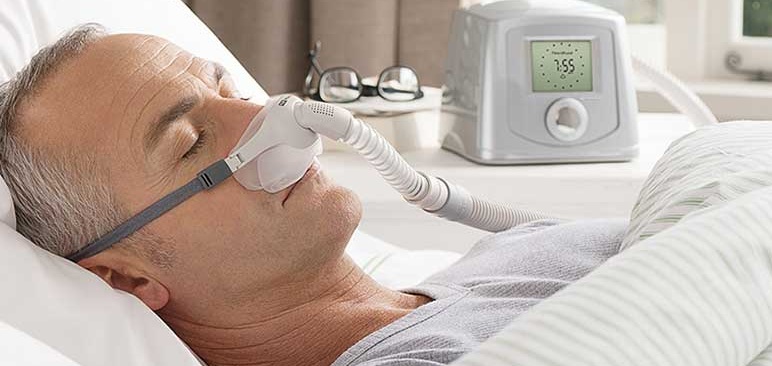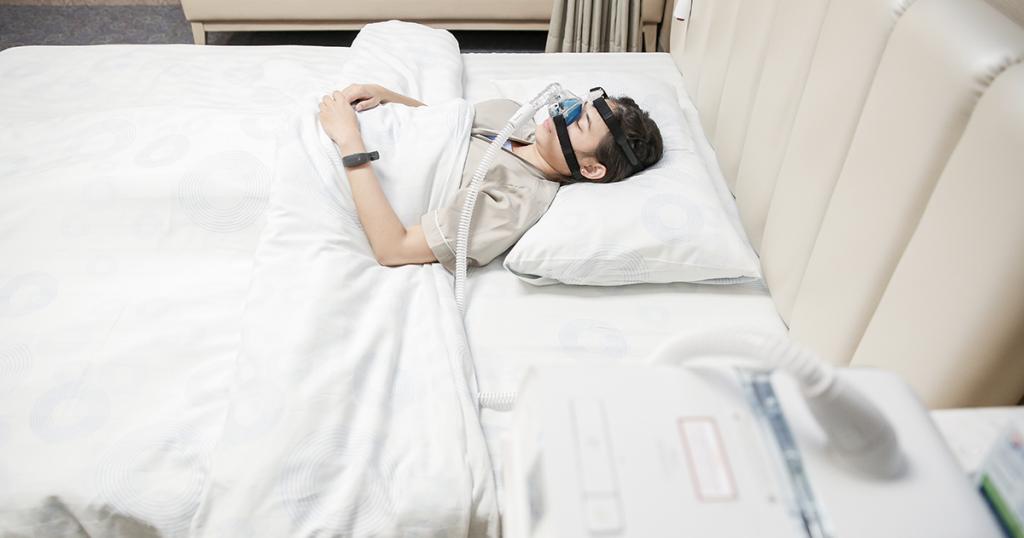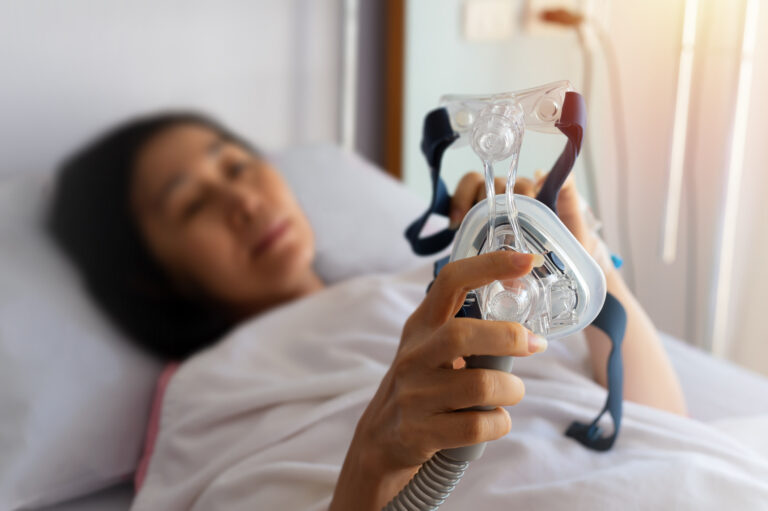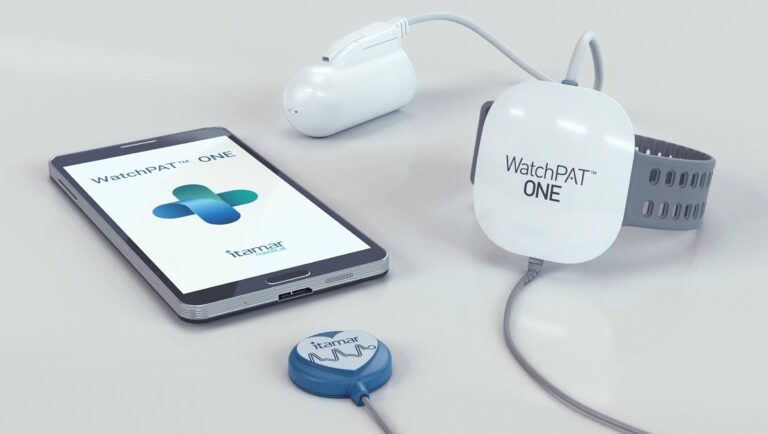A Comprehensive Guide to Sleep Type Tests and Their Costs
Sleep is vital to our overall health and well-being, and understanding your sleep patterns is crucial for maintaining a healthy lifestyle. Sleep type tests are essential tools that help diagnose sleep disorders, assess sleep quality, and identify the best treatment options for individuals experiencing sleep-related issues. This comprehensive guide will delve into the different types of sleep tests, their associated costs, and the factors that can influence those costs. Whether you’re considering a sleep type test for yourself or a loved one, this guide will provide you with all the necessary information to make an informed decision.
Understanding Sleep Type Tests
Sleep type test are diagnostic tools used by healthcare professionals to evaluate various aspects of your sleep. These tests monitor brain activity, eye movement, heart rate, breathing patterns, and other physiological parameters while you sleep. The data collected is analyzed to identify any abnormalities or disruptions in your sleep cycle, which may indicate a sleep disorder.
There are several types of sleep tests available, each designed to assess specific aspects of sleep. The most common sleep type tests include:
- Polysomnography (PSG)
- Home Sleep Apnea Test (HSAT)
- Multiple Sleep Latency Test (MSLT)
- Maintenance of Wakefulness Test (MWT)
- Actigraphy
Each of these tests serves a different purpose and is recommended based on the symptoms and conditions being investigated. Understanding the differences between these tests can help you determine which one is right for you.
Types of Sleep Type Tests
1. Polysomnography (PSG)
Polysomnography is often considered the gold standard for diagnosing sleep disorders. This test is typically conducted in a sleep clinic or hospital, where patients are monitored overnight. During the test, various sensors are attached to the body to measure brain waves, oxygen levels, heart rate, breathing patterns, eye movements, and muscle activity. Polysomnography is commonly used to diagnose conditions like sleep apnea, restless legs syndrome, and narcolepsy.
Costs: The cost of a polysomnography test can vary widely depending on the location, facility, and insurance coverage. On average, the cost ranges from AUD 1,000 to AUD 3,000. The price may increase if additional assessments, such as a CPAP titration study, are required.
2. Home Sleep Apnea Test (HSAT)
The Home Sleep Apnea Test (HSAT) is a simplified version of polysomnography that can be conducted in the comfort of your own home. This test is specifically designed to diagnose obstructive sleep apnea (OSA). HSAT involves using a portable monitoring device that tracks airflow, breathing patterns, heart rate, and oxygen levels during sleep. While HSAT is less comprehensive than in-lab polysomnography, it is an effective and convenient option for diagnosing OSA in patients with a high pre-test probability of the condition.
Costs: The cost of a home sleep apnea test is generally lower than that of in-lab polysomnography. On average, the cost ranges from AUD 300 to AUD 600. Insurance coverage may reduce out-of-pocket expenses, so it’s essential to check with your provider.
3. Multiple Sleep Latency Test (MSLT)
The Multiple Sleep Latency Test (MSLT) is used to measure how quickly a person falls asleep during the day. It is typically conducted the day after an overnight polysomnography test. MSLT is used to diagnose narcolepsy and other disorders of excessive daytime sleepiness. During the test, the patient is asked to take several naps throughout the day, and the time it takes to fall asleep and enter different sleep stages is recorded.
Costs: The cost of an MSLT can range from AUD 1,000 to AUD 2,500, depending on the facility and whether it is conducted in conjunction with polysomnography. Insurance may cover a portion of the cost, especially if the test is deemed medically necessary.
4. Maintenance of Wakefulness Test (MWT)
The Maintenance of Wakefulness Test (MWT) measures a person’s ability to stay awake during the day. This test is often used to assess how well a patient’s treatment for a sleep disorder, such as sleep apnea, is working. MWT is also used in situations where staying awake is critical, such as for people who operate heavy machinery or drive for a living. The test involves several trials where the patient is asked to remain awake while lying in a dimly lit room.
Costs: The cost of an MWT can vary, with prices typically ranging from AUD 800 to AUD 2,000. The cost may be higher if the test is conducted as part of a larger sleep study. Insurance coverage is usually available if the test is required for medical or occupational reasons.
5. Actigraphy
Actigraphy is a non-invasive method of monitoring sleep-wake cycles over an extended period, typically a week or more. The test involves wearing a wristwatch-like device that tracks movement and activity levels. Actigraphy is often used to diagnose circadian rhythm disorders, insomnia, and other conditions that affect sleep patterns. Unlike other sleep tests, actigraphy provides insight into sleep behavior in a natural environment, making it useful for assessing long-term sleep patterns.
Costs: The cost of an actigraphy test is relatively low compared to other sleep tests, with prices typically ranging from AUD 200 to AUD 500. This test is often used as a preliminary assessment before more comprehensive testing is conducted.

Factors Influencing Sleep Type Test Costs
The cost of sleep type tests can vary widely based on several factors. Understanding these factors can help you better anticipate the expenses associated with testing and plan accordingly.
1. Location and Facility
The cost of a sleep type test can vary depending on the location and facility where the test is conducted. Sleep clinics and hospitals in major cities or regions with a higher cost of living may charge more for their services. Additionally, specialized sleep centers with advanced equipment and experienced staff may have higher fees than general medical facilities.
2. Type of Sleep Test
As mentioned earlier, different sleep type tests have varying costs. In-lab tests like polysomnography and MSLT tend to be more expensive due to the need for specialized equipment and overnight monitoring by medical professionals. In contrast, home-based tests like HSAT and actigraphy are generally more affordable.
3. Insurance Coverage
Insurance coverage plays a significant role in determining your out-of-pocket costs for sleep type tests. Many insurance plans cover a portion of the cost, especially if the test is deemed medically necessary. Medicare may also provide coverage for certain sleep tests, particularly for conditions like sleep apnea. It’s important to check with your insurance provider to understand what is covered and what expenses you may be responsible for.
4. Additional Costs
In some cases, there may be additional costs associated with sleep type tests, such as consultation fees, follow-up appointments, and the cost of any recommended treatment. For example, if a sleep apnea diagnosis is confirmed, you may need to purchase a CPAP machine, which can add to the overall cost. It’s important to factor in these potential expenses when considering a sleep test.
How to Reduce Sleep Type Test Costs
Given the potential high costs of sleep type tests, many patients are interested in ways to reduce expenses. Here are some strategies to consider:
1. Check Insurance Coverage
Before scheduling a sleep type test, contact your insurance provider to confirm coverage. Ask about in-network sleep clinics and any pre-authorization requirements. Understanding your coverage can help you avoid unexpected costs and choose a more affordable option.
2. Consider Home-Based Testing
If you are at high risk for a specific sleep disorder like obstructive sleep apnea and do not have other complex sleep disorders, a home-based sleep type test may be a more affordable and convenient option. Discuss with your doctor whether a home-based test is appropriate for your situation.

3. Shop Around
Sleep clinic costs can vary significantly, even within the same city. Take the time to compare prices at different clinics and hospitals to find the most cost-effective option. Be sure to inquire about what is included in the cost and whether there are any additional fees.
4. Explore Payment Plans
Some sleep clinics and hospitals offer payment plans to help patients manage the cost of sleep type testing. If you are concerned about the upfront cost, ask the clinic if they provide financing options that allow you to pay for the test over time.
Conclusion
Understanding the costs associated with sleep type tests is essential for making informed decisions about your sleep health. Whether you require an in-lab polysomnography test, a home sleep apnea test, or another type of sleep test, being aware of the factors that influence costs can help you plan and budget effectively.
If you have any questions about sleep type test costs or need assistance in finding a sleep clinic, don’t hesitate to contact us. We are here to help you navigate the process and get the care you need for better sleep and overall health.
See Also: Sleep Apnea rest costs explained: in-lab vs. at-home testing.



